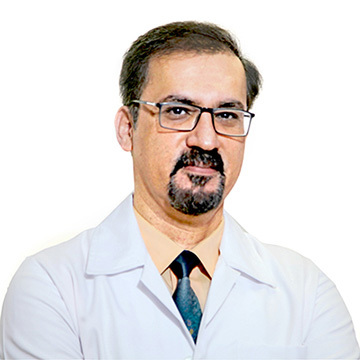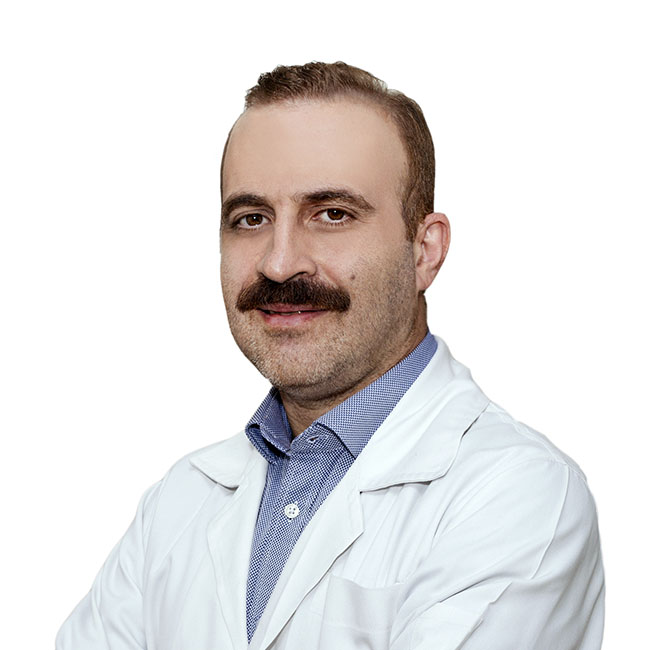Varicocelectomy
Varicocelectomy
A varicocelectomy is a surgical procedure that treats a varicocele. It reduces testicular pain and can increase male fertility. Risks include swelling, bruising, and damage to your testicular artery. Most people recover completely within six weeks after varicocelectomy.
What is varicocelectomy?
A varicocelectomy (vair-ick-oh-seel-eck-toh-mee) is a surgical procedure that repairs a varicocele. A varicocele (vair-ick-oh-seels) is a common disorder of the veins inside your scrotum. The scrotum is a pouch of skin behind the penis. It usually contains the testicles. If you have a varicocele, the veins inside your scrotum are larger than they should be.
Who are good candidates for varicocelectomy?
Varicocele affects about 1 in 5 men. They can happen at any age. However, people notice varicocele during or shortly after puberty. About half of men choose varicocelectomy to improve their chances of pregnancy. Your doctor may also recommend a varicocelectomy if you have severe testicular pain or decreased testosterone production. Among sexually transmitted viruses, human papilloma virus or HPV can be mentioned, which can also lead to cancer.
Does removing varicocele improve fertility?
Yes, varicocele removal improves fertility. The pregnancy rate may increase to nearly 70% after varicocelectomy.
How common is varicocelectomy?
Varicocelectomy is very common and is actually the most common treatment for male infertility.
How painful is varicocelectomy?
Varicocelectomy is relatively painful. The pain should begin to improve after a few days. You can control your pain with over-the-counter pain relievers. Your doctor may prescribe pain relievers for severe pain.
What happens if varicocele is not treated?
A varicocele does not go away on its own. It may become larger or more noticeable. Varicocele may cause male infertility. They can also cause your testicles to shrink (testicular atrophy).
How does my doctor diagnose a varicocele?
Your doctor will ask you about your symptoms. They will also perform a physical examination of your testicles. They may ask you to stand, sit, or bend down like you're having a bowel movement (Valsalva maneuver). Up to 90% of varicoceles are only in the left testicle (unilateral varicocele). However, varicocele may occur in both left and right testicles (bilateral varicocele).
Your doctor may order an ultrasound, semen analysis, and blood tests. These help confirm the doctor's diagnosis. An ultrasound provides a more detailed view of the veins in your testicles. Semen analysis and blood tests can help determine whether a varicocele is affecting your fertility.
After confirming the diagnosis of varicocele, your doctor will determine its severity. There are four different grades of varicocele:
Grade 0. This is the smallest type of varicocele. Your doctor can't detect it during a physical exam, but they can see it on an ultrasound. Another name for grade 0 varicocele is subclinical varicocele.
Grade I. Your doctor can only feel the varicocele when you perform the Valsalva maneuver.
second grade. The varicocele is larger. Your doctor can feel it, but it can't be seen.
Grade III. The largest type is a varicocele, which your doctor can see clearly.
Your doctor will recommend one of the different types of varicocelectomy. The different types are:
open surgery
During open surgery, your doctor will cut your skin and tissue. This provides a clear view of your affected area. Open varicocelectomy surgical methods are:
Inguinal closure. Your doctor will access your varicocele through the inguinal canal. Your inguinal canal is in your groin, near the lowest part of your stomach (abdomen).
Inguinal closure. Your doctor will access your varicocele from the groin, below the inguinal ligament (Poppart's ligament).
Upper retroperitoneal closure. Your doctor will access your varicocele behind the peritoneum. Your peritoneum (pare-uh-tuh-nee-um) is a clear, watery membrane that lines your abdomen.
Minimally invasive surgery
During minimally invasive surgery, your doctor uses techniques that cause less damage to your skin and tissue. Minimally invasive varicocelectomy methods include:
Laparoscopic varicocelectomy. Your doctor will make several small incisions (incisions) in your lower abdomen. Next, your doctor will insert a laparoscope (a thin rod with a camera attached) into the incisions to help them see your varicocele on a computer screen. They use small and precise instruments to operate on your varicocele.
Microsurgical varicocelectomy. Your doctor will make several small incisions in the area just above your groin. Then they use a powerful operating microscope to view the varicocele and small instruments to operate on your varicocele.




